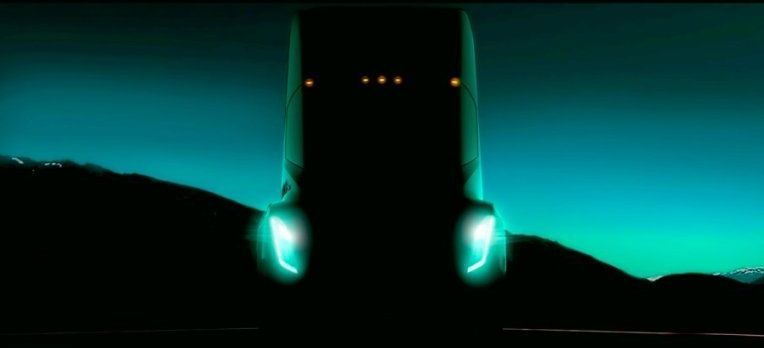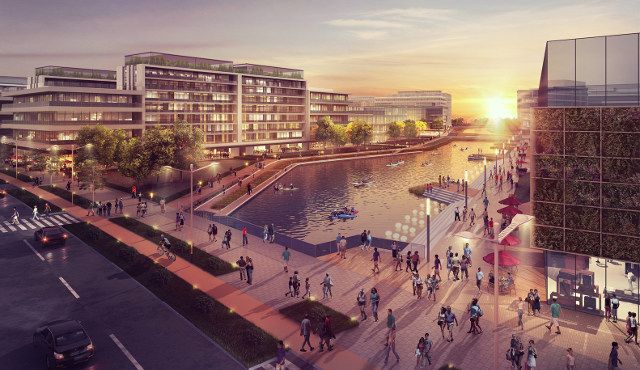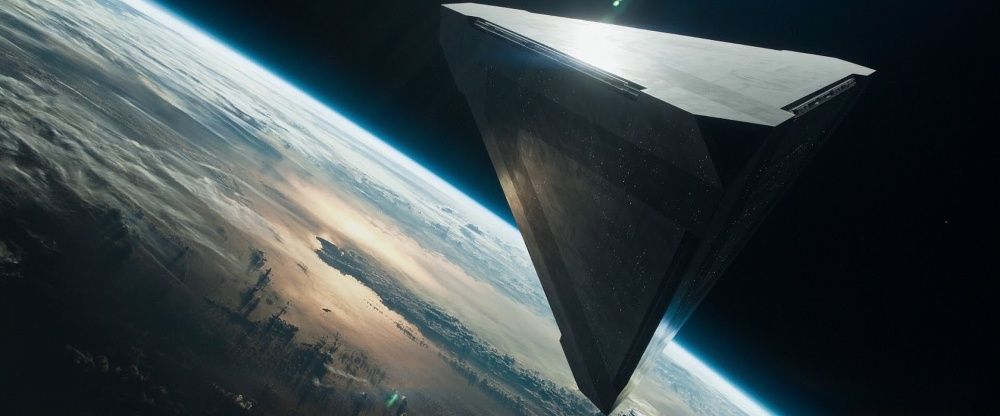Elon Musk discusses his new project digging tunnels under LA, the latest from Tesla and SpaceX and his motivation for building a future on Mars in conversation with TED’s Head Curator, Chris Anderson.


Scientists have converted carbon dioxide into clean air!

The “reverse climate change machine” is an honorable mention in the Evolo Skyscraper Design Competition.
A one-stop skyscraping shop for urbane living and fighting climate change called the HEAL-BERG is among the selected entries in eVolo’s annual Skyscraper Competition, which invites the world’s designers to “challenge the way we understand vertical architecture.” The mammoth pearlescent structure would simultaneously cool Antarctic ocean water, scrub carbon dioxide from the atmosphere, and generate electricity with saltwater and wind turbines, creating what the designers call, a “reverse climate change machine.”
Luca Beltrame and Saba Nabavi Tafreshi created HEAL-BERG as a response to a potential future in which, “climate was changing at a rate exceeding most scientific forecasts; oceans warming, air pollution and climate change were caught in a discernible self-boosting loop. In the speculative world they’ve created, it’s 2039, 21.5 million people are being displaced annually due to climate change and, “the complex patterns representing the world were doomed to collapse.”

Elon Musk was on stage at the 2017 TED Conference in Vancouver on Friday, and he revealed some of his tunnel work and aspirations, but he also talked about a few ongoing Tesla projects he’s referenced before. The multi-CEO showed a shadowy image that gives us our first look at what his forthcoming electric Semi Truck will look like, and also let drop the suggestion that Tesla will likely announce four new global Gigafactory locations sometime this year.
Elon Musk teased semi-truck at TED talk. pic.twitter.com/sY0w7KSsTx
Researchers at the Massachusetts Institute of Technology have created a double-armed, laser-guided robot that can basically 3D print a 50-foot-wide house in less than 14 hours with almost no human intervention. The Digital Construction Platform, described today in Science Robotics, consists of a large hydraulic arm mounted on a platform with motorized treads, plus a smaller electric-powered arm for finer movements. The MIT team programmed the solar-powered machine to spray out foam construction material, layer by layer, to form a 12-foot-high, igloo-like structure big enough to house a family. The researchers hope such robots could someday be sent to the moon, Mars or Antarctica to build “print-in-place” habitats from the materials at hand … or at manipulator.

Calling all UX Designers, Developers and tech Creatives to join us at this years NASA #SpaceApps Event: Virtually or in person to solve earth science & climate change challenges : https://2017.spaceappschallenge.org/
Space Apps 2017.

Tesla founder and chief executive Elon Musk said his latest company Neuralink is working to link the human brain with computers by creating micron-sized devices.
Neuralink is aiming to bring to the market a product that helps with certain severe brain injuries due to stroke and cancer lesion in about four years, Musk said in an interview with the website Wait But Why on Thursday.
“If I were to communicate a concept to you, you would essentially engage in consensual telepathy,” Musk said in the interview. Neuralink will be Musk’s third company along with Tesla and SpaceX.

Another article to go with this:
http://inhabitat.com/shanghai-is-planning-a-massive-100-hect…on-people/
As Shanghai continues to expand outward, replacing agriculture with urbanization, a US-based design firm is looking to reimagine the way that Shanghai grows food to feed its 24 million people.
The Sasaki planning and urban design firm is turning heads with its masterplan for a 250-acre urban agricultural district in Pudong called Sunqiao, which will include, most spectacularly, towering vertical farms that grow lots of leafy vegetables.


Architecture has evolved and has become much more than just a design realized in concrete and modern building material. It has been transformed to help humanity in achieving all kinds of sustainability.
The eVolo Magazine for Architecture has been organizing another round of Skyscraper Competition in 2017 to honor those visionaries that try to realize a future that benefits humanity and the one Earth we all need to cherish and sustain.
Collaboration, a key not only to humanity’s future but also to every attempt we make at colonizing space or interacting with alien life. This ultimate expression of concerted participation and envisioned by Canadian architects Catherine and Celia. He has been put together in one gigantic skyscraper titled Earth Port One. The idea stems from the early electromagnetic propulsion technology but has been redefined to become Earth’s main port and a vibrant nexus where future civilizations engage.

Drawing inspiration from the plant world, researchers have invented a new electrode that could boost our current solar energy storage by an astonishing 3,000 percent.
The technology is flexible and can be attached directly to solar cells — which means we could finally be one step closer to smartphones and laptops that draw their power from the Sun, and never run out.
A major problem with reliably using solar energy as a power source is finding an efficient way to store it for later use without leakage over time.